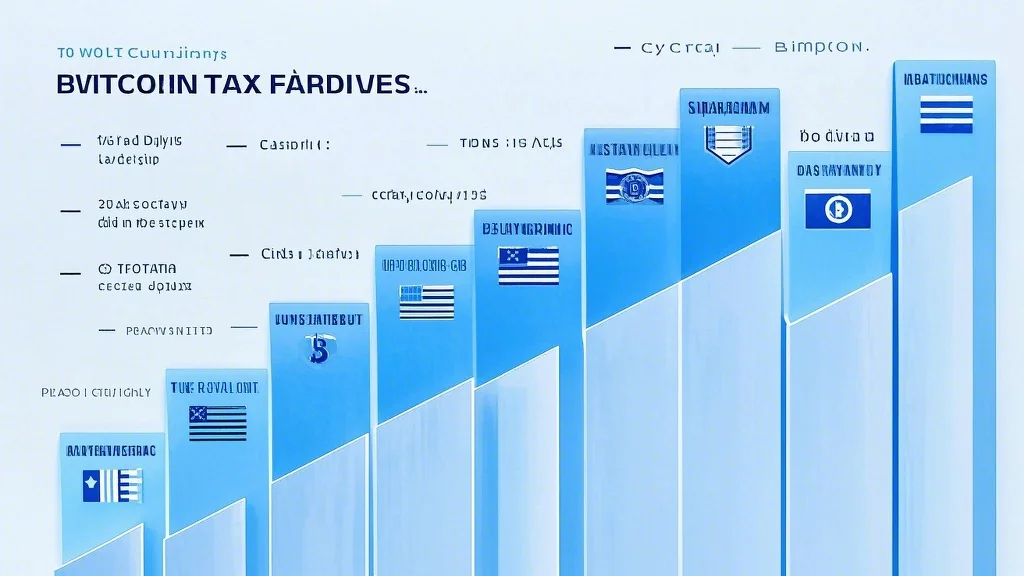High Yield Investment Programs: The Allure of Quick Returns
In recent years, high yield investment programs (HYIPs) have gained significant attention as an alternative to traditional investment methods. These programs promise investors the opportunity to achieve substantial returns in a relatively short period of time. While the idea of generating high yields in a short span is tempting, it’s essential to understand how HYIPs work and what makes them different from traditional investments.

At their core, HYIPs are investment vehicles that aim to deliver exceptional returns by leveraging various financial strategies, including arbitrage, forex trading, and algorithmic trading. Unlike traditional investments, which focus on long-term growth through stocks, bonds, or real estate, HYIPs are designed to generate quick profits. This distinction is key to understanding why they appeal to investors seeking faster results.
One of the primary attractions of HYIPs is their flexibility. Many programs allow investors to start with small amounts and scale up their investments as they see fit. Additionally, the potential for high returns is hard to ignore, with some programs offering returns of 10-20% per month or even higher. This contrasts sharply with traditional investments, where returns are often measured in years rather than months.
However, the high returns offered by HYIPs come with significant risks. The lack of transparency in many programs, coupled with the use of complex financial instruments, can make it difficult for investors to fully understand the risks they’re taking. Unlike traditional investments, which are heavily regulated and often backed by tangible assets, HYIPs operate in a more volatile and unpredictable environment.
Another important consideration when evaluating HYIPs is their liquidity. Many programs lock investors’ funds for a specific period, making it difficult to withdraw funds during a downturn. This lack of liquidity can be a major drawback for investors who need access to their capital in emergencies or for other opportunities.
Despite these challenges, HYIPs have managed to carve out a niche in the investment world. They appeal to a specific segment of investors who are willing to take on higher risks in pursuit of higher rewards. For those with the knowledge and expertise to navigate the complexities of these programs, HYIPs can be a valuable tool for achieving financial goals.
Traditional Investments: Stability and Long-Term Growth
On the other hand, traditional investments have long been the backbone of financial planning. Stocks, bonds, real estate, and other conventional assets have proven to be reliable sources of growth over the years. Unlike HYIPs, traditional investments are well-regulated and often backed by tangible assets, providing a sense of stability and security for investors.
One of the key advantages of traditional investments is their time-tested nature. For decades, investors have relied on stocks, bonds, and real estate to build wealth over time. These investments are designed to weather market fluctuations and provide steady returns, making them a safer choice for those who prefer a more predictable path to financial growth.
Another benefit of traditional investments is their diversification potential. Investors can spread their capital across various asset classes to minimize risk and maximize returns. For example, a portfolio that includes a mix of stocks, bonds, and real estate can offer a balance of growth, income, and stability. This diversification is harder to achieve with HYIPs, which often focus on a single strategy or financial instrument.
Moreover, traditional investments offer a high degree of liquidity. Investors can buy and sell stocks, bonds, and other assets on established markets, allowing them to access their funds when needed. This flexibility is particularly appealing for those who may need to withdraw capital for unexpected expenses or opportunities.
Despite their advantages, traditional investments do have their limitations. Growth can be slower compared to HYIPs, and returns may not be as high in the short term. Additionally, the process of building a diversified portfolio can be time-consuming and require a significant initial investment.
In conclusion, traditional investments provide a stable and predictable path to financial growth, making them a popular choice for many investors. However, their slower growth compared to HYIPs and the need for significant upfront capital can be drawbacks for those seeking faster returns.
Weighing the Risks and Rewards
When comparing HYIPs and traditional investments, it’s crucial to evaluate the risks and rewards associated with each. HYIPs offer the potential for high returns in a short time, but they come with significant risks, including lack of transparency, higher volatility, and the possibility of losing invested capital. On the other hand, traditional investments provide stability and predictability, but they often require more time and capital to generate significant returns.
For investors with a high risk tolerance and a desire for quick profits, HYIPs may be worth exploring. However, it’s important to thoroughly research any program before committing funds. Look for programs that are transparent about their strategies, have a proven track record, and are overseen by reputable financial institutions. Additionally, start with a small amount to test the waters and avoid putting all your eggs in one basket.
For those who prefer a safer and more predictable approach to investing, traditional methods remain the best option. Stocks, bonds, and real estate offer a solid foundation for long-term growth, and their stability can provide peace of mind. While the returns may not be as high as HYIPs, they are more reliable and less likely to result in significant losses.
Ultimately, the choice between HYIPs and traditional investments depends on individual financial goals, risk tolerance, and investment horizon. There is no one-size-fits-all approach, and the best strategy may involve a combination of both. By understanding the differences and weighing the risks and rewards, investors can make informed decisions that align with their financial objectives.
In the end, whether you choose to explore the high yield opportunities of HYIPs or stick with the tried-and-true methods of traditional investments, the key to success lies in careful planning, research, and a willingness to adapt to changing financial landscapes.
This concludes the article. I hope you found it informative and engaging! Let me know if you need further assistance.
